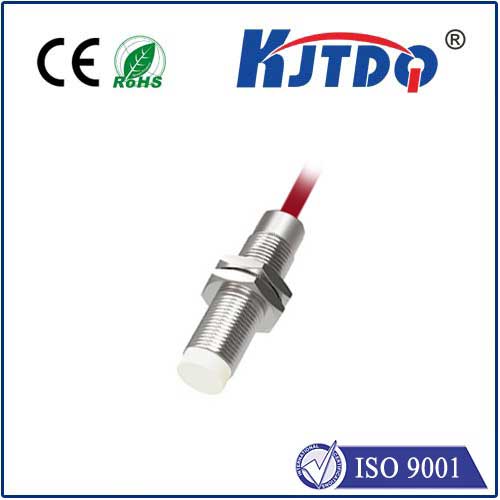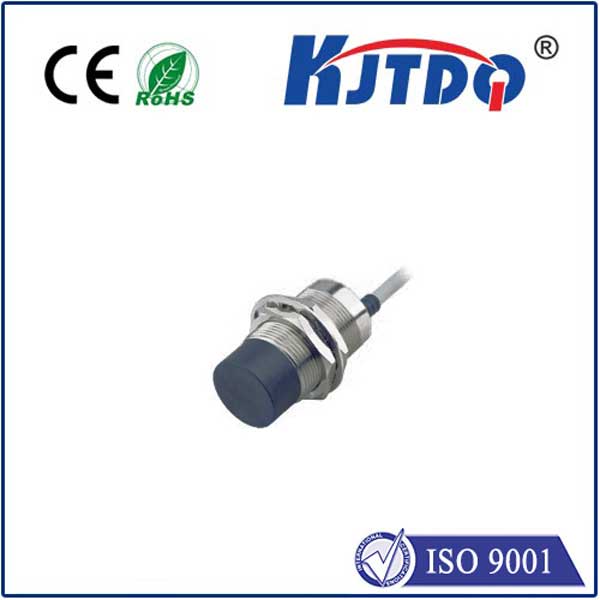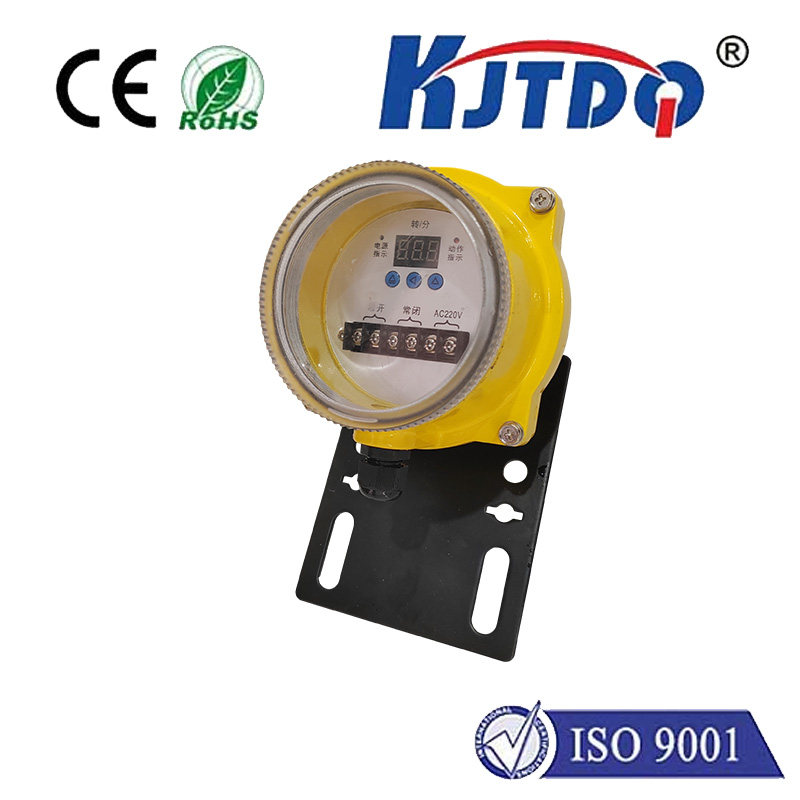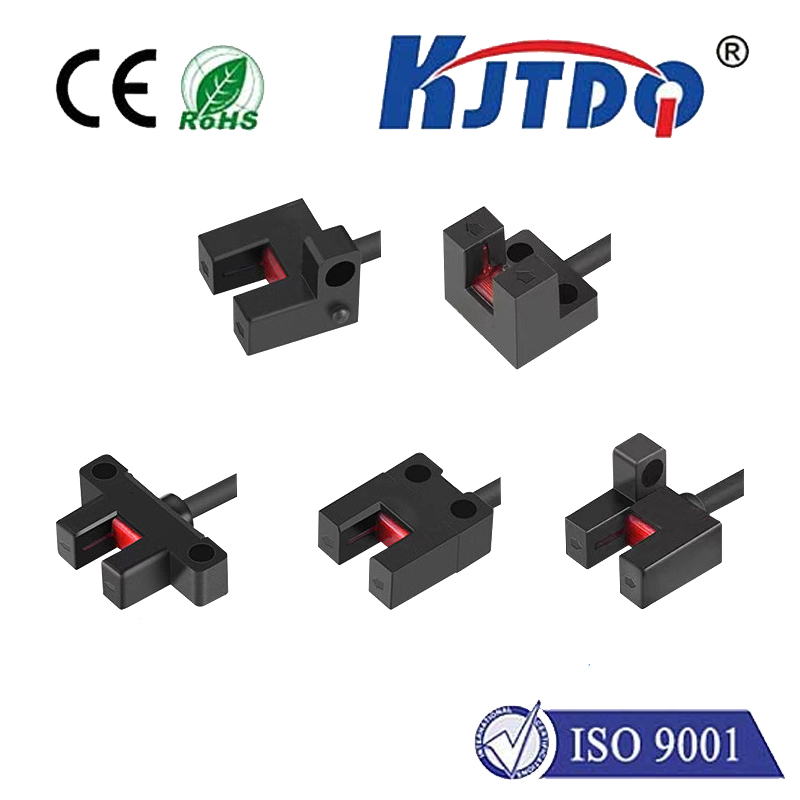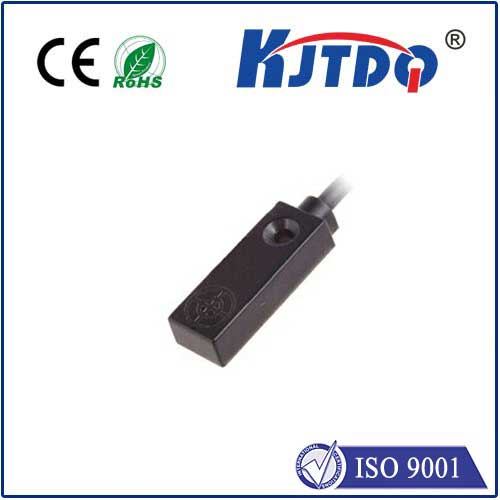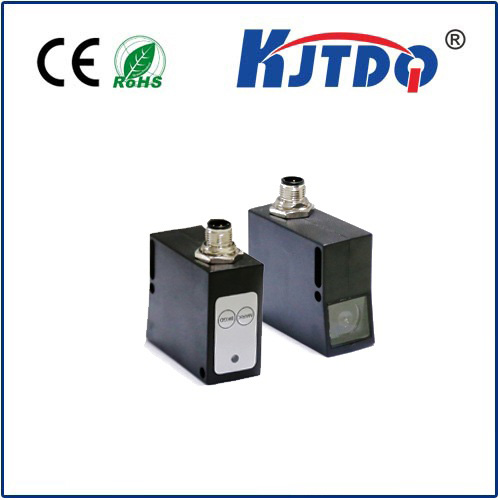laser line sensor
- time:2025-09-08 13:58:49
- Click:0
Laser Line Sensors: Illuminating Precision in Measurement and Inspection
Imagine a delicate, high-speed paintbrush of light, sweeping across surfaces to capture intricate details invisible to the naked eye. That’s the essence of a laser line sensor (LLS), a sophisticated optical device revolutionizing how we measure, scan, and inspect objects in countless industries. Far more than just a beam of light, this technology translates optical patterns into precise dimensional data, enabling unprecedented levels of accuracy and automation.
The Core Principle: Optical Triangulation
At its heart, most laser line sensors operate on the well-established principle of optical triangulation. Here’s how it works:
- Laser Projection: The sensor projects a thin, highly focused line of laser light onto the target surface. This line acts as the primary measurement probe.
- Surface Interaction: The shape and distance of the surface cause the projected laser line to deform or shift position.
- Image Capture: A high-resolution camera, positioned at a known angle relative to the laser projector, captures an image of this deformed laser line.
- Data Processing: Sophisticated onboard algorithms analyze the captured image. By calculating the exact displacement of each point along the laser line in the camera’s field of view relative to its expected position on a flat reference plane, the sensor determines precise 3D coordinates (X, Y, Z) for thousands of points simultaneously.
This non-contact measurement technique delivers remarkable accuracy, often down to the sub-millimeter or even micron level, without physically touching the object. This is crucial for delicate parts or high-speed applications.

Key Specifications and Capabilities
Understanding an LLS involves several critical parameters:
- Resolution: The smallest detectable change in height or distance.
- Accuracy: How closely the measured value reflects the true dimension.
- Measurement Range (Z-axis): The depth over which the sensor reliably measures.
- Field of View (X-axis): The width covered by the laser line at the working distance.
- Standoff Distance: The optimal distance between the sensor head and the target.
- Scanning Speed/Profile Rate: How many profiles (cross-sections) the sensor captures per second. High-speed sensors can reach thousands of profiles per second, enabling rapid inspection of moving objects.
- Laser Class & Wavelength: Impacts safety (Class 1, 2, 3R common) and suitability for different materials/environments (e.g., blue lasers perform better on shiny surfaces).
Where Laser Line Sensors Shine: Diverse Applications
The versatility of laser line sensors makes them indispensable tools across numerous sectors:
- Robotics & Automation: Enabling precise robot guidance for tasks like bin picking, part placement, welding seam tracking, and assembly verification. The sensor provides real-time 3D data about the object’s position and orientation.
- Quality Control & Inspection: Performing high-speed, non-contact inspection for dimensional accuracy, warpage, presence/absence of features, weld seam quality, surface defects (scratches, dents, porosity), and gap/flush measurement in automotive, aerospace, and electronics manufacturing. They excel at detecting deviations imperceptible to human eyes.
- 3D Scanning & Metrology: Capturing the complete 3D geometry of objects by scanning the laser line over the surface or moving the object under a stationary sensor. Used for reverse engineering, prototyping, quality documentation, and virtual assembly.
- Logistics & Package Handling: Measuring parcel dimensions (DIM weight), verifying box filling levels, and guiding automated sorting systems.
- Tire & Tread Inspection: Precisely measuring tread depth and wear patterns for safety compliance.
- Woodworking & Flooring: Gauging material thickness, flatness, and surface quality during production and installation.
- Rail & Infrastructure: Monitoring rail profile wear, track geometry, and structural deformation.
Advantages Driving Adoption
Laser line sensors offer compelling benefits over traditional contact measurement or 2D vision systems:
- Non-Contact Measurement: Eliminates part damage, wear on the sensor, and vibration issues.
- High Speed: Captures thousands of detailed profiles per second, ideal for production lines.
- High Accuracy & Resolution: Delivers precise dimensional data critical for quality assurance.
- Rich 3D Data: Provides comprehensive surface information, not just a 2D outline.
- Robustness: Modern sensors are designed to withstand typical industrial environments (dust, vibration, varying lighting).
- Simplified Integration: Many offer plug-and-play interfaces and intuitive software.
- Versatility: Adaptable to measure diverse shapes, sizes, and materials with proper configuration.
Beyond the Basics: Advanced Considerations
Modern sensors incorporate features enhancing their capabilities:
- Multi-Line Projection: Projecting multiple lines simultaneously increases coverage or speed without moving the part.
- Blue Laser Technology: Improves performance on challenging surfaces like shiny metals or dark materials by reducing reflections and increasing absorption.
- Integrated Lighting: Onboard LED lighting provides consistent illumination for camera operation regardless of ambient light.
- Onboard Processing: Advanced processors handle complex calculations internally, reducing the load on external controllers and enabling faster response times.
- IP Ratings: Ensuring protection against dust and water ingress for harsh environments.
- Ethernet Communication: Enabling fast data transfer and integration into modern industrial networks.
The Future is Bright and Precise
Laser line sensor technology continues to evolve rapidly. We see trends towards even higher resolution and speed, enhanced robustness for extreme environments, more sophisticated onboard intelligence for adaptive scanning and defect classification, and seamless integration with AI-driven analytics platforms for smarter, predictive quality control.
In Conclusion (Though The Application Continues…)
From ensuring the perfect fit of car body panels to guaranteeing the precision of microchips, from guiding robotic arms to safeguarding tire safety, laser line sensors are fundamental tools of modern manufacturing and automation. Their ability to deliver fast, accurate, non-contact 3D measurements transforms complex inspection and guidance challenges into manageable tasks, driving efficiency, quality, and innovation across the industrial landscape. As capabilities expand and costs become more accessible, their role in shaping the future of intelligent production and measurement will only grow more significant.






